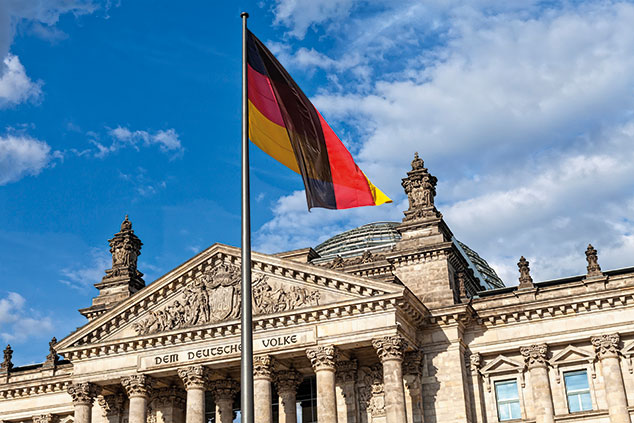
Why would anyone buy a negative-yielding bond? Because, as Mark Atherton explains in The Times, with interest rates on bank deposits turning negative in parts of Europe and Japan, people seeking low-risk investments are being forced to accept extremely low or negative yields. It’s either that or take on more risk by buying corporate bonds. Yet pure speculation is another part of the picture – with yields plummeting fund managers can realise a capital gain so long as they can later sell negative-yielding bonds on to an even “greater fool”.
“Amateurs talk about stocks, but professionals study the bond market,” says Paul Krugman in The New York Times. Bonds have a reputation for being more sober and rational than excitable equities. And low yields are “telling a tale of profound pessimism”.
The alternative explanation is that the market has become completely untethered from the fundamentals, says Authers. UK perpetual bonds now yield less than at any time since at least 1700. No wonder. There has been a tidal wave of cheap and printed money in recent years, and investors reckon “central banks will have no choice but to keep cutting rates and printing money”. With all signs that the cheap money will keep flowing, the bond bubble could continue to inflate for some time to come.